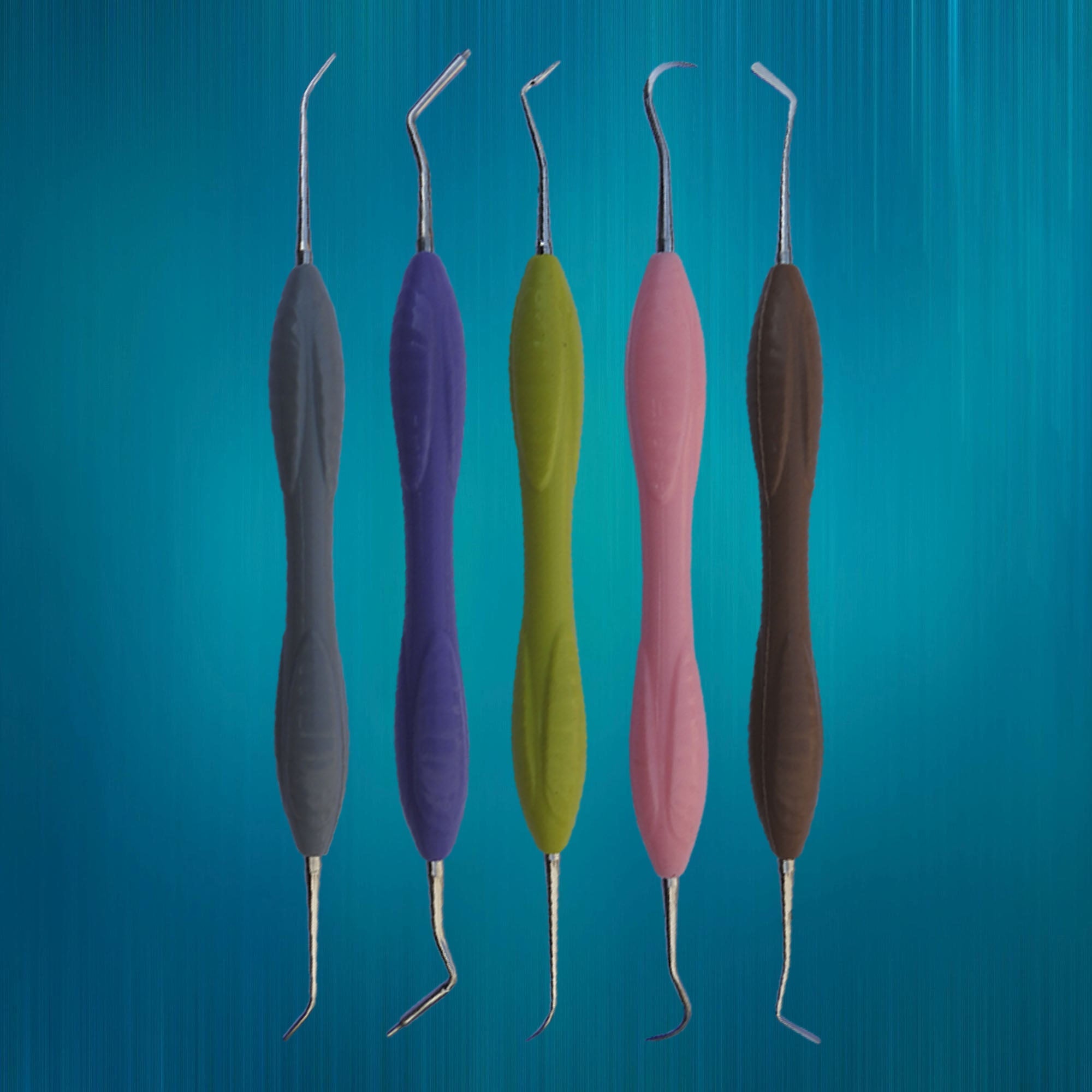Filling Instrument

What Is a Filling Instrument? A Complete Guide to Dental Filling Tools and Their Uses
Introduction
Dental restorations play a vital role in maintaining oral health by repairing decayed or damaged teeth. Central to this process are filling instruments—specialized tools dentists use to place, shape, and polish restorative materials like composite resin or amalgam.
If you have ever wondered, what is a filling instrument? or how do dental filling tools work? this guide will provide you with clear, detailed information about the types of filling instruments, their applications, and why they are indispensable in dental procedures.
What Is a Filling Instrument?
A filling instrument is a dental tool designed specifically for the manipulation of restorative materials during tooth restoration procedures. These instruments allow dentists to:
- Transfer filling material into the prepared cavity
- Condense and shape the material for proper adaptation
- Carve and contour restorations to mimic natural tooth anatomy
- Polish and smooth the restoration surface
Dental filling instruments vary based on the type of restorative material and the stage of the filling procedure.
Types of Filling Instruments
Filling instruments can be broadly categorized based on their purpose and the material they work with:
1. Composite Filling Instruments
Used primarily for composite resin materials, these instruments have non-stick, often Teflon-coated or plastic tips to prevent adhesion of the sticky composite material.
Common composite instruments include:
- Plastic Filling Instruments: For placing and smoothing composite resin.
- Composite Placement Instruments: Designed with smooth, firm tips for shaping and adapting composite.
- Burnishers: To polish and create a smooth surface finish.
2. Amalgam Filling Instruments
These are robust instruments designed to handle the heavier and less sticky amalgam material.
Common amalgam instruments include:
- Amalgam Carriers: Tools that transfer amalgam from the mixing pad to the cavity.
- Plugger or Condenser: Used to pack and condense amalgam firmly into the cavity.
- Carvers: Such as the Hollenback or Discoid-Cleoid carvers, which carve anatomical details into the amalgam restoration.
3. Multi-purpose Instruments
Some dental filling instruments serve multiple functions, featuring double-ended designs combining placement and carving tools, suitable for both composite and amalgam procedures.
How Filling Instruments Work
Dental filling tools work by enabling the dentist to manipulate filling materials precisely within the tooth cavity.
Step-by-step process includes:
- Placement: Using carriers or placement instruments to transfer material into the cavity.
- Condensation: Applying pressure with condensers to eliminate voids and ensure tight adaptation to cavity walls.
- Carving: Shaping the restoration to replicate natural grooves, ridges, and anatomy.
- Finishing: Polishing to smooth the surface, reduce plaque retention, and improve aesthetics.
Proper use of filling instruments helps create durable, functional, and visually pleasing restorations.
Why Are Filling Instruments Important?
- Precision: They allow for accurate placement and shaping of restorative materials.
- Material Efficiency: Reduce waste by controlling material flow and placement.
- Restoration Longevity: Proper condensation and carving reduce marginal gaps and improve strength.
- Patient Comfort: Efficient restorations decrease procedure time and postoperative issues.
- Aesthetics: Help replicate natural tooth contours and smooth surfaces for a lifelike finish.
Choosing the Right Filling Instruments
Dental professionals select instruments based on:
- Type of restorative material (composite vs. amalgam)
- Location and size of the cavity
- Personal preference and ergonomics
- Patient-specific needs and procedural complexity
Quality materials and ergonomic design in instruments improve clinical outcomes and practitioner comfort.
Maintenance and Sterilization
Like all dental tools, filling instruments must be:
- Thoroughly cleaned after each use
- Sterilized using autoclaving or recommended protocols
- Inspected regularly for wear, damage, or corrosion
- Replaced if damaged to maintain safety and performance
Related Long-Tail Keywords and User Queries
- Types of filling instruments used in dentistry
- How do dental filling tools work?
- Best composite filling instruments for dentists
- Differences between amalgam and composite filling tools
- Dental restoration tools for cavity filling
Conclusion
Filling instruments are essential dental tools that enable dentists to restore tooth structure effectively and aesthetically. From composite to amalgam fillings, these specialized instruments ensure precision, durability, and patient comfort in dental restoration procedures.
Understanding the various types of dental filling tools and their uses helps dental professionals select the right instrument for each procedure and educates patients on the care involved in their treatment.
Are you a dental professional looking to upgrade your filling instruments or stay informed about the latest dental restoration tools? Explore our curated collection of high-quality dental filling instruments designed for optimal performance
